Comparing weights using non-standard measures
Describing size and exploring 3D shapes
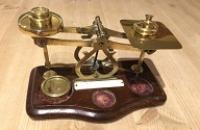
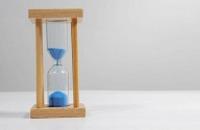
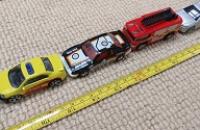
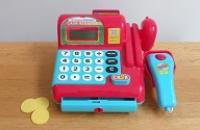
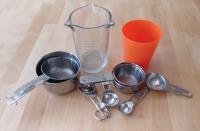
Children often enjoy giving and receiving presents.
Adults could provide an assortment of wrapped presents for the children to explore, making sure that some are small but heavy and others are light but large.
The Activity
Place the presents in an area where children can explore them easily. They could be birthday/wedding/festival presents, perhaps linked to a book you have read recently or to the time of year. Encourage the children to make predictions about the weights of the presents.
Encouraging mathematical thinking and reasoning:
Describing
Tell me about this present.
What's the same about these two presents?
What's different?
What does this present remind you of?
Reasoning
Do you think this one will be heavier/lighter than that one? Why do you think that?
How will you test out your idea? Are you surprised? Why or why not?
Which do you think is the heaviest/lightest? Could we arrange them in some way?
Why have you put that one there?
Could we arrange them in a different way?
Opening Out
What kind of thing do you think might be inside this present?
Why do you think that?
Can you find something that you think is the same weight as this present?
Recording
(If the children have grouped the presents somehow)
What can we do to remember this order/arrangement?
The Mathematical Journey
Same and different:
- developing language to compare and contrast e.g. bigger, taller, longer, shorter, heavier, lighter, wider, narrower...
- ordering according to a rule e.g. longest to shortest, heaviest to lightest, tallest to shortest...
Size and measures:
- understanding the difference between size and weight i.e. a large present is not necessarily heavy
- comparing weights in different ways e.g. by lifting or using balance scales (or even kitchen scales/bathroom scales)
Development and Variation
Any objects could serve as the stimulus for this activity. They don't necessarily need to be wrapped, although of course, the wrapping can help challenge children's preconceptions about size and weight.
You could create a 'gold bar' made from a block of polystyrene or other very light material. Paint the block with gold paint and handle it in such a way as to give the impression that it is very heavy. You could pass it to children in turn and support discussion about their surprise when they take it from you.
Setting up an airport in your role play area might encourage discussion about weight as children check-in their luggage. Alternatively, a fruit and vegetable shop role play may provoke similar discussions.
Story, rhyme and song links
Any story which might involve presents would be a great context in which to explore this activity, for example wedding presents in Cinderella.
Resources

A collection of objects, varying in size and weight, wrapped as presents (try to include some items that are heavy but very small and some large, light items).
Balance scales and/or other types of scales such as kitchen/bathroom, should the children request them.
A camera may be useful for taking photos.

